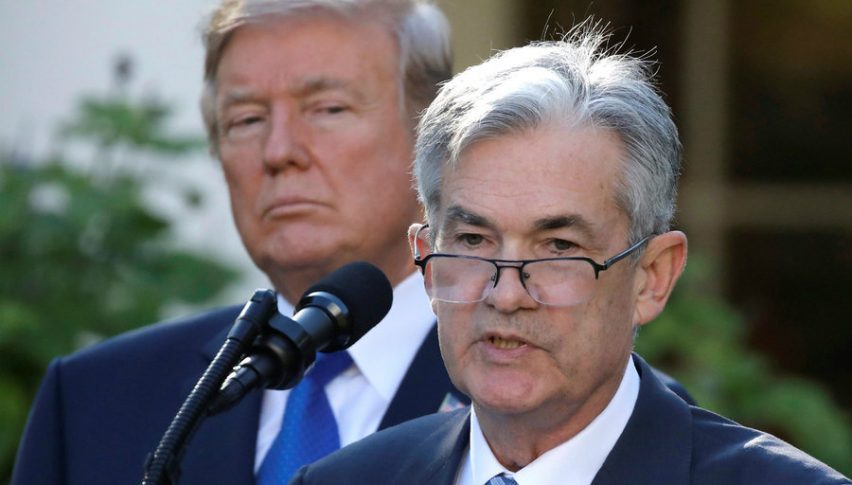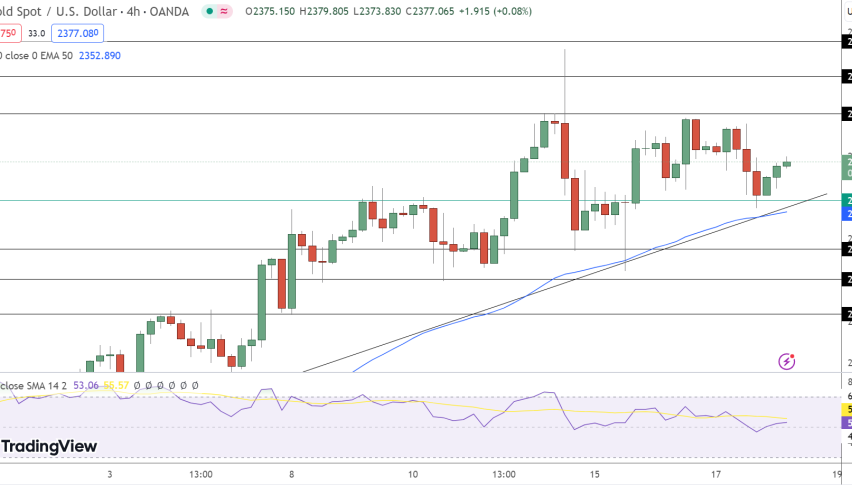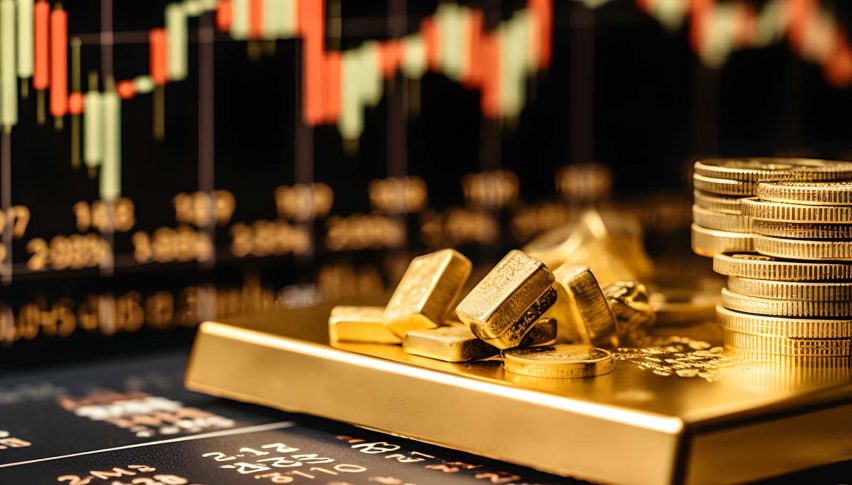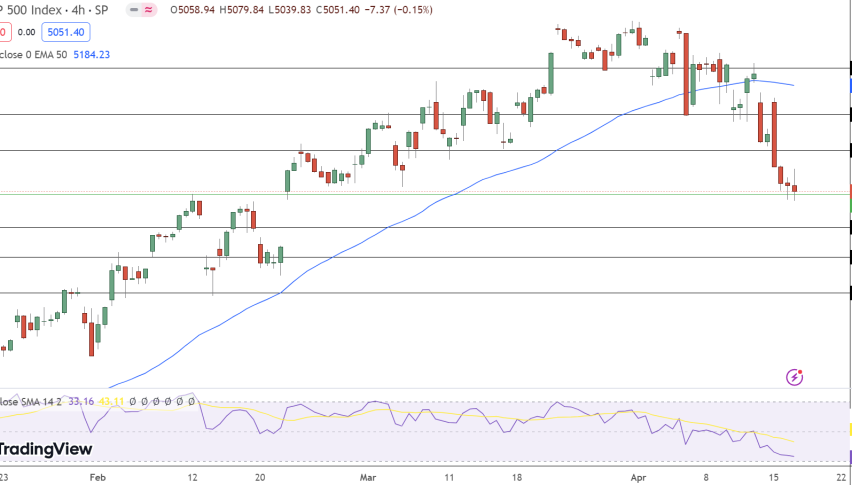
FED to Remain Hawkish Before Turning Dovish?
We always try to figure out whether central banks are hawkish or dovish in order to decide whether to buy or sell a currency, since we are in this business. But just to make things clear about what we mean with hawkish and dovish before we move on. With hawkish we mean ready to keep increasing interest rates, while with dovish we mean that central banks are trying to cut down interest rates or, at best, keep them on hold.
The Federal Reserve has been pretty hawkish in recent years, compared to its counterparts in other developed countries. But, the pressure from the US President Donald Trump to keep interest rates low in order to not increase the value of the US Dollar further and the fact that the FED has already hiked interest rates eight times in the last two years, bringing them to 2.25% from 0.25% has made many analysts think that the FED would slow the pace of future rate hikes, or even halt them for some time. FED’s comment about “remaining accommodative” was removed from the statement in their last meeting on September 26. That immediately raised the question about the path of interest rate hikes because if not accomodative, it means that the FED will be neutral and raise interest rates very slowly or stop them altogether and the USD lost around 50 pips in a few minutes.
But, the comments from FED’s chief Jerome Powell relaxed the nerves of USD buyers, so let’s have a look at what conclusions we have come to from the statement, the press conference and the speeches since that meeting. Well, the FED Chairman made it pretty clear that the FED can pause rate hikes if economic growth slows and then resume again if he economy supports it, but at the moment the US economy is running pretty hot and Powell and other FED members since then have mentioned it several times that they will keep hiking interest through 2019.
Now, judging from the way the FED has tightened the monetary policy in previous decades, between 1994-1995, 199-2000 and 2004-2006, before the big crisis hit the fan, let’s see the way the FED might take.
- The FED has stalled interest rate hikes before resuming again during a labor market overheating but that has happened on a special context during a productivity boom. We are lacking both components that stand out in the precious sentence, the labor market is not overheating although it might be tightening further in the coming year and the increase in productivity is pretty lame. So, the FED cannot pause hiking interest rates now as Powell mentioned, based on these two assumptions.
- The FED has ended previous tightening cycles in the past when the the economic growth was near its potential and the FED was already pretty restrictive, making sure that the labor market wouldn’t overheat. The labor market is not overheating yet although it is tightening, there is still slack in the economy and the fed is not restrictive, they have just removed the accomodative stance from their statement.
- For the FED to increase the pace of rate hikes, inflation would need to overshoot. But at the moment inflation is not going anywhere anytime soon. It increased for some time late last year, but then cooled off and has remained sort of neutral since then. Employment is surely growing and the unemployment rate is falling, but it is still not affecting inflation much. But, it might force employers to increase wages and salaries which would help inflation grow. So, there is a probability that the FED might actually accelerate the pace of rate hikes.
According to the analysis of previous monetary policy tightening by the FED and taking into account inflation, growth and employment, we come to the conclusion that the FED will keep hiking interest rates at the current pace, meaning that they are expected to hike again in December and around 3-5 times next year.
There is a risk to the upside, since inflation still subdued and wages are not following the pace of the decline of the unemployment rate. But the economy is growing at a satisfying pace and there is a strong chance that inflation might heat up next year, which would force the FED to increase interest rates faster.
For now, the current pace of rate hikes is expected to remain as it is, which would support the US Dollar for at least another 8-9 months until the European Central bank start considering hiking interest rates seriously.












